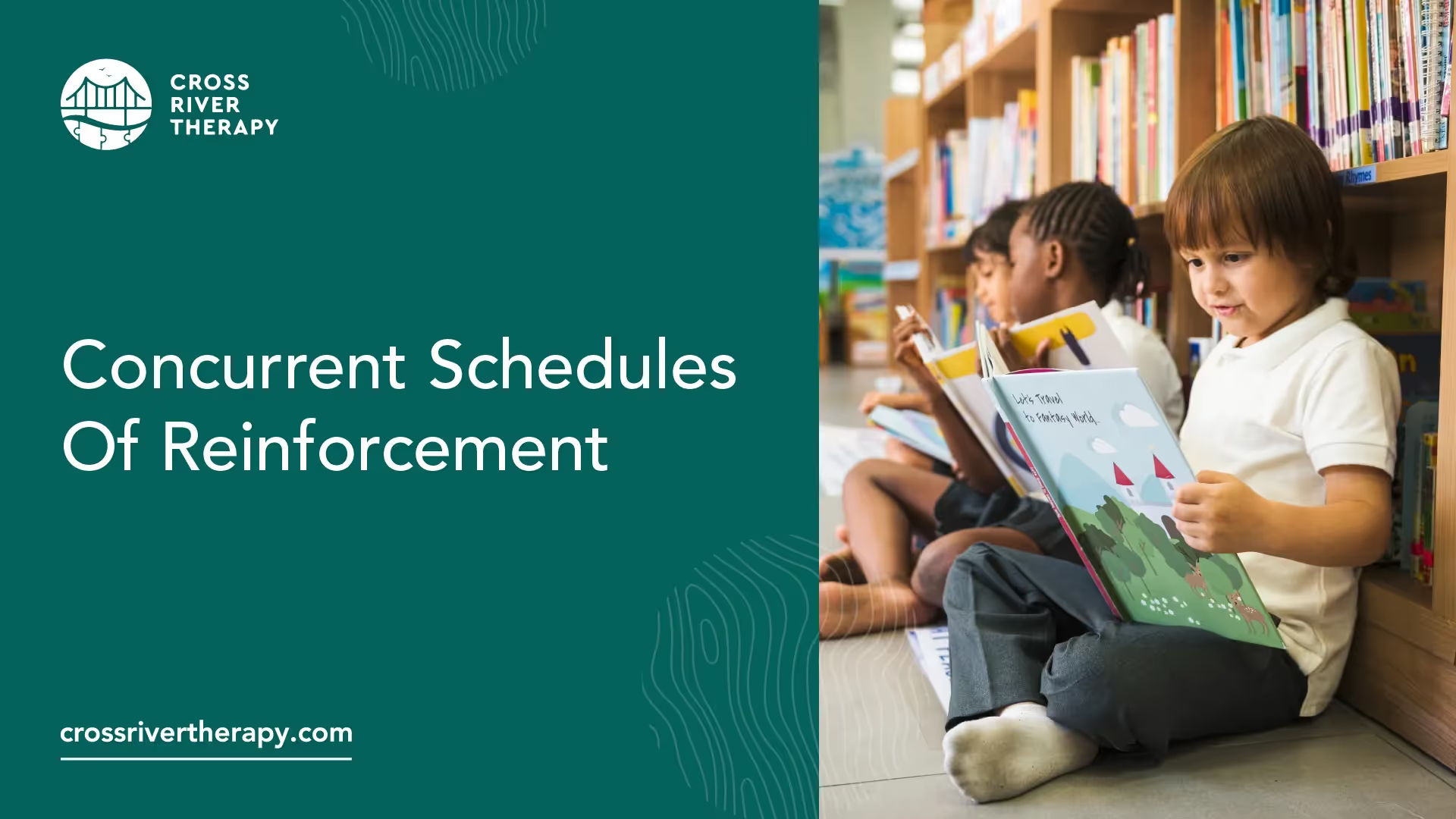Concurrent Schedules Of Reinforcement
Concurrent schedules of reinforcement are a schedule type of reinforcement that has the merger of at least two or greater basic reinforcement schedules.

What Are Concurrent Schedules of Reinforcement?
Concurrent schedules of reinforcement are a schedule type of reinforcement that has the merger of at least two or greater basic reinforcement schedules. This is for two or greater behaviors, whereby the schedules happen simultaneously.
Every schedule showcases a clear discriminative stimulus that's defined by it. It helps young clients in picking the schedule of reinforcement they wish to merge their responses to with effectiveness.
Concurrent schedules are relevant to matching law, where people show the tendency to pick a schedule that's easiest for them to access and provides the ideal reinforcement available to them.
Concurrent Schedules Of Reinforcement Examples
Concurrent reinforcement exists within operant conditioning. Whether it be a human or animal taking part in the reinforcement, both can respond to any schedule that they choose. A bird, for instance, in a box may have two spots for pecking.
The responses for pecking could be fixed for either choice that the bird makes. Reinforcement by way of providing food could be given for the bird trying a peck on either side of the box.
Due to the schedules of reinforcement, pecks planned out for both sides aren't the same, however.
They could be individualistic or they might have links between the behavior on one end to impact the chances of reinforcement on the opposite side.
The responses for dual schedules don't have to be too different. In another way of setting up a concurrent schedule, each schedule could be set on one side or by using another device different from the two on the sides. The bird would then respond on the side following the first to alter the schedules. In this process, a stimulus is undertaken to signify a schedule that's active at the moment.
Concurrent schedules sometimes create changes between the sides. To stop this, a delay by a changeover is taken into effect. It involves every schedule being paused for a short spell once a subject changes over.
In a more simplified example, a teacher creates a schedule that a child can choose to finish in two ways.
The first involves the completion of 35 math problems that are multiple choice.
The second involves the child reading a book out loud for exactly 35 minutes. Since the child has the option to pick either behavior, two contingencies for reinforcement are being expressed all at once.
However, it doesn't have to involve two. The child could be presented with as many options as the teacher or therapist wants them to have, so long as the schedules happen together.



